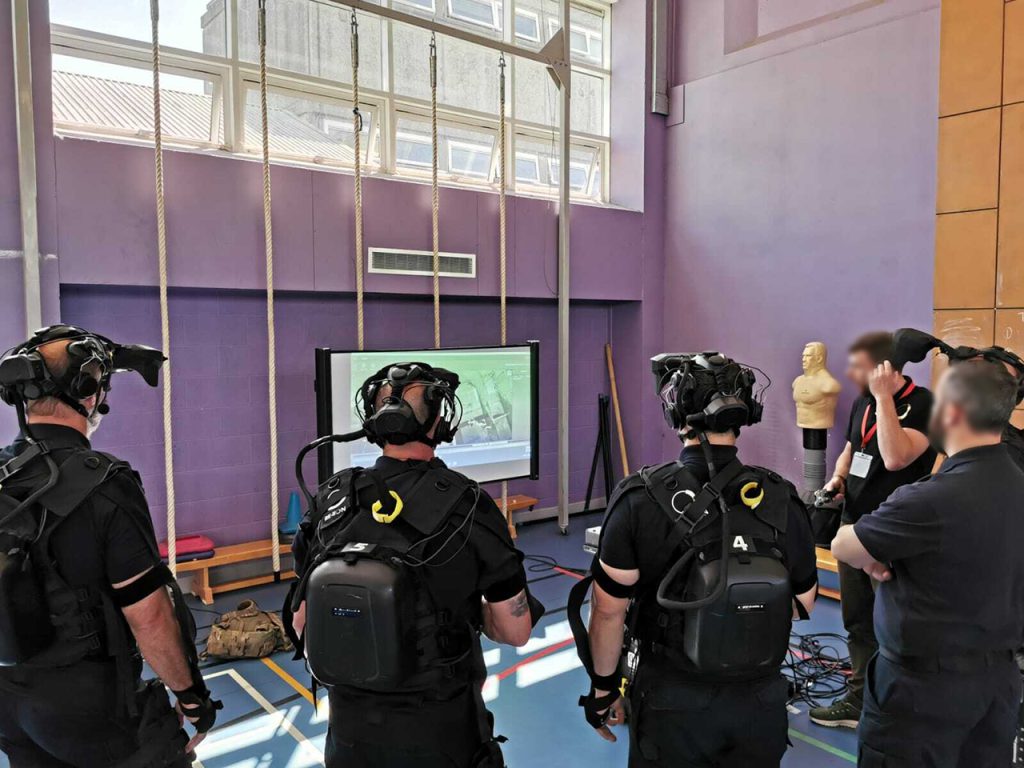Made it just in time before the end of my week.
Every once in a while, you come across articles that are worthwhile spending time on. This is an article about After Action Reviews (AARs) that includes a practical template. It takes about 10 minutes to read: Police1: The AAR, an effective assessment tool for police
The author makes a distinction between a formal and informal AAR. The informal process is quick and takes place immediately after a notable event. The formal AAR takes place after finishing up the training session, and takes more time.

Informal AARs work very well when training small units using simulation. Simulation technology encourages the use of an AAR immediately after an incident. You can playback the event, and it’s practically effortless to reset the scenario to try again.
Skipping the AAR is a great opportunity wasted…
For more scientific background on the value of the AAR, read the paper “The effect of immediate feedback and after-action reviews (AARs) on learning, retention and transfer” by Michael Sanders (2005).